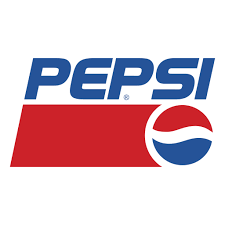

I agree that avoiding Microsoft is a good measure. However, my fear was that someone had successfully hacked my email or had somehow set up a Microsoft account ‘on my behalf’. If someone opened a Microsoft account with my email and impersonated me, I wouldn’t be able to safely ignore the emails 🥲 But I get and agree with the broader point that we should stay away from Microsoft!











Dead Cells! Made by a worker cooperative 🥳